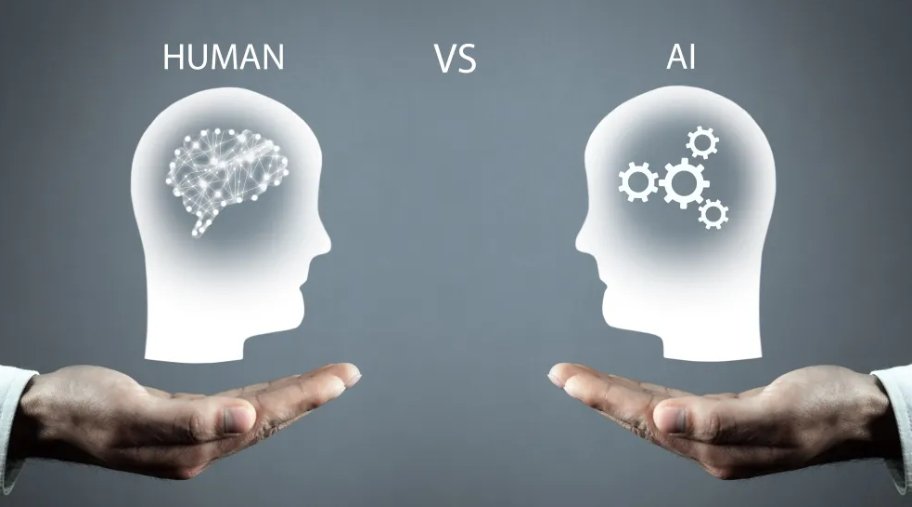A cover is the first impression. It reaches out before a reader reads the first word. It needs to reflect the emotion, tone, and genre of what’s inside. A good book cover design service plays a major role. Today, authors are no longer limited to hiring a traditional designer. With artificial intelligence entering the design world, everything has changed. Authors now face a new question: who tells your story better on the front of a book, a person or a program? That decision affects how your book looks, and how it’s received, perceived, and remembered.
Some authors lean into the tech for speed and convenience. Others still trust human hands to bring emotion and storytelling into design. Not sure which way forward, AI or human designers? Plenty of others have been there too. Let’s take a closer look at it.
AI In Book Cover Design
Artificial intelligence is here. Tools like Midjourney, Canva AI, BookBrush, and Adobe Firefly are already being used by authors and designers around the world. These tools rely on machine learning, which means they’ve studied thousands sometimes millions of visual samples to figure out what works. They generate designs by predicting what a book cover should look like based on the genre, colors, layout, and tone you input in a simple prompt.
Just enter a prompt, and the system will spit out multiple visual options in seconds. That’s where the speed becomes very appealing. Especially for authors who are working with Book Publishers USA, the ability to generate a sharp-looking mockup in under a minute is hard to ignore. You can even use AI to tweak your designs for specific needs, like making a stronger thumbnail for online stores.
Speed, Scale, and Savings
What pulls people into using AI most of the time is how fast and affordable it is. You can generate dozens of covers in a single session. That lets you try ideas you never would have considered. You get volume and variety without waiting on a designer’s schedule or dealing with revisions. It’s not perfect. But for authors working on tight turnarounds or producing multiple titles quickly, AI makes it easier to move from concept to completion.
Fast Concept Development
If you’re in the early stage of developing a book, AI can be a helpful brainstorming tool. You can use it to generate rough visuals, mood boards, and vibe references that help you understand what kind of cover fits your story.
Accessibility for All
Many writers are left on their own when it comes to visuals. AI tools level the field a little by making design feel less intimidating. Even if you’ve never used Photoshop or don’t know the first thing about layout, AI tools guide you through it. You can create something that feels professional with zero background in design. And you get to be hands-on in the creative process, which makes the outcome feel more personal.
Unique Prompts Can Inspire
Sometimes, AI surprises you. A twist in color, an unexpected font, or a texture you hadn’t thought of before.
Human Designers (What They Still Do Best)
A human designer reads your brief, listens to your vision, and feels what the book is trying to say. They bring their own lived experience and artistic instinct into the process.
Genre Mastery and Cultural Sensitivity
A professional designer knows what works for romance, thriller or fantasy. They catch potential missteps that AI won’t. This level of genre fluency is something that builds over years of experience. And it’s where designers still outperform machines.
Collaboration and Real Time Feedback
You can revise, share thoughts, and evolve your ideas as your book grows. Maybe you changed the title. Maybe the ending shifted or your marketing angle changed midway. A designer adapts with you.
Legal & Ethical Concerns
AI-generated designs don’t automatically come with copyright protection. Artwork made entirely by AI can be copyrighted unless a human significantly alters it. That puts your cover and your brand at risk. If someone else uses the same prompt and gets a similar design, there’s little you can do about it legally.
Ethical Sourcing of Art
AI tools are trained on existing art pulled from across the web. Much of it is scraped without permission. That means you might end up with a design that includes elements based on stolen or unlicensed work. Most authors have no idea this is even happening. But the risk is real.
The Hybrid Approach
AI and human designers can work together. Authors can use AI to draft early ideas or create visuals to communicate their concept. Designers then step in to refine, polish, and finalize those ideas for both digital and print.
Imagine generating ten AI concepts. You pick your top two. Then you pass them to a designer who adjusts composition, corrects flaws, and prepares print-ready files. This collaboration helps keep costs lower without losing quality. It also saves time on revisions, since you already know the direction you’re headed.
How to Protect Yourself and Make Smart Design Choices
If you’re hiring someone to design your cover, ask about their process. Do they use AI? Are any of the images AI-generated? Do they hold the correct licenses for those images? You have a right to know, especially if your cover will be part of a long-term brand.
So, Who Wins?
AI vs Human Designers? AI wins on speed, volume, and affordability. Human designers win on nuance and emotion. When you combine AI’s fast generation with a designer’s eye for detail, the result is unreal.
The Bottom Line
Your book cover should make a reader pause and want to turn the page. At Mayfair Publishers, we understand how critical your cover is to your success. That’s why we work with talented professionals who know how to shape emotion into design. We help you make sure your book looks good and feels right.

